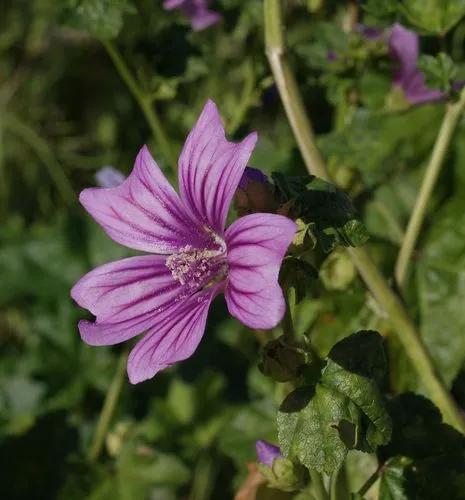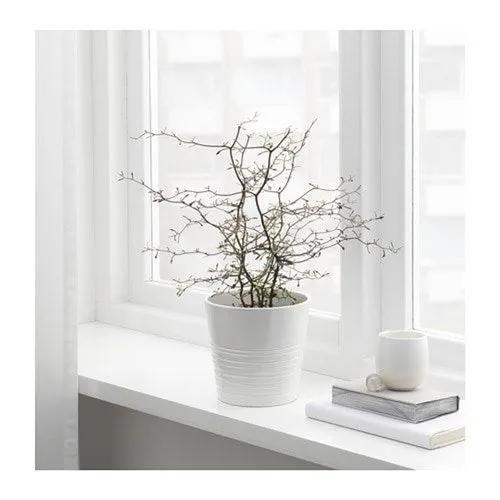Get ready to embark on a journey of visual and culinary delight with Red Pineapple. Its exotic allure, accentuated by those fiery red bracts, will leave you awe-inspired. And when it's time to indulge in its sweet, juicy fruit, you'll be rewarded with a taste that lives up to the plant's Tupi-Guarani name, "nanas" or "excellent fruit."
Ananas bracteatus Care
Ananas bracteatus



Prepare to be enchanted by the captivating Ananas bracteatus, a tropical plant native to South America. Known for its luscious, juicy fruit, this plant boasts a unique appearance that sets it apart from its pineapple counterparts. Picture long, spiky leaves emerging from a central stem and a vibrant red fruit that's a rare gem in the pineapple world and its main identification feature.
How to Care for the Plant

Water

Keeping your Red Pineapple content is a breeze when it comes to watering. It appreciates consistent moisture, so aim to keep the soil evenly moist. However, be cautious not to drown it with excessive water. Find the sweet spot where it feels just right—like Goldilocks finding the perfect bowl of porridge.

Pruning

Pruning is not typically necessary, but you can remove any dead or damaged leaves to keep the plant looking neat and healthy.

Fertilizer

Fertilizing the plant with a balanced, all-purpose fertilizer every two to three weeks during the growing season will help promote healthy growth and fruit production.

Sunlight

It requires plenty of sunlight to grow and produce fruit. It should be placed in a location that receives at least six hours of direct sunlight per day. In areas with hot summers, it is a good idea to provide some shade to protect the plant from the intense afternoon sun.

Soil

Provide it with a well-draining soil mix that's bursting with organic matter. A fantastic blend that gets the job done consists of equal parts peat moss, perlite, and compost. This winning combination ensures your plant's roots stay happy and healthy, setting the stage for a fruitful harvest.

Propagation

To propagate, you can remove a healthy offset from the base of the plant and pot it up in a separate container.

Temperature

It thrives in warm temperatures and prefers a sunny location. It is a tropical plant, so it should be protected from frost and freezing temperatures. In temperate climates, it can be grown indoors as a houseplant. The best adequate temperature is between 60-70°F (15-21°C).

Container

Red Pineapple is a versatile plant that adapts beautifully to containers or in-ground planting. Just remember to choose a container that's spacious enough to accommodate its roots and has proper drainage to prevent waterlogging.

Fun fact

Here's a fascinating tidbit: Red Pineapple is not only a treat for your taste buds but also a master of self-defense. It produces its own natural insecticides, providing a shield against pests and diseases that dare to threaten its vibrant existence.

Popularity

44 people already have this plant 17 people have added this plant to their wishlists
Discover more plants with the list below
Popular articles






